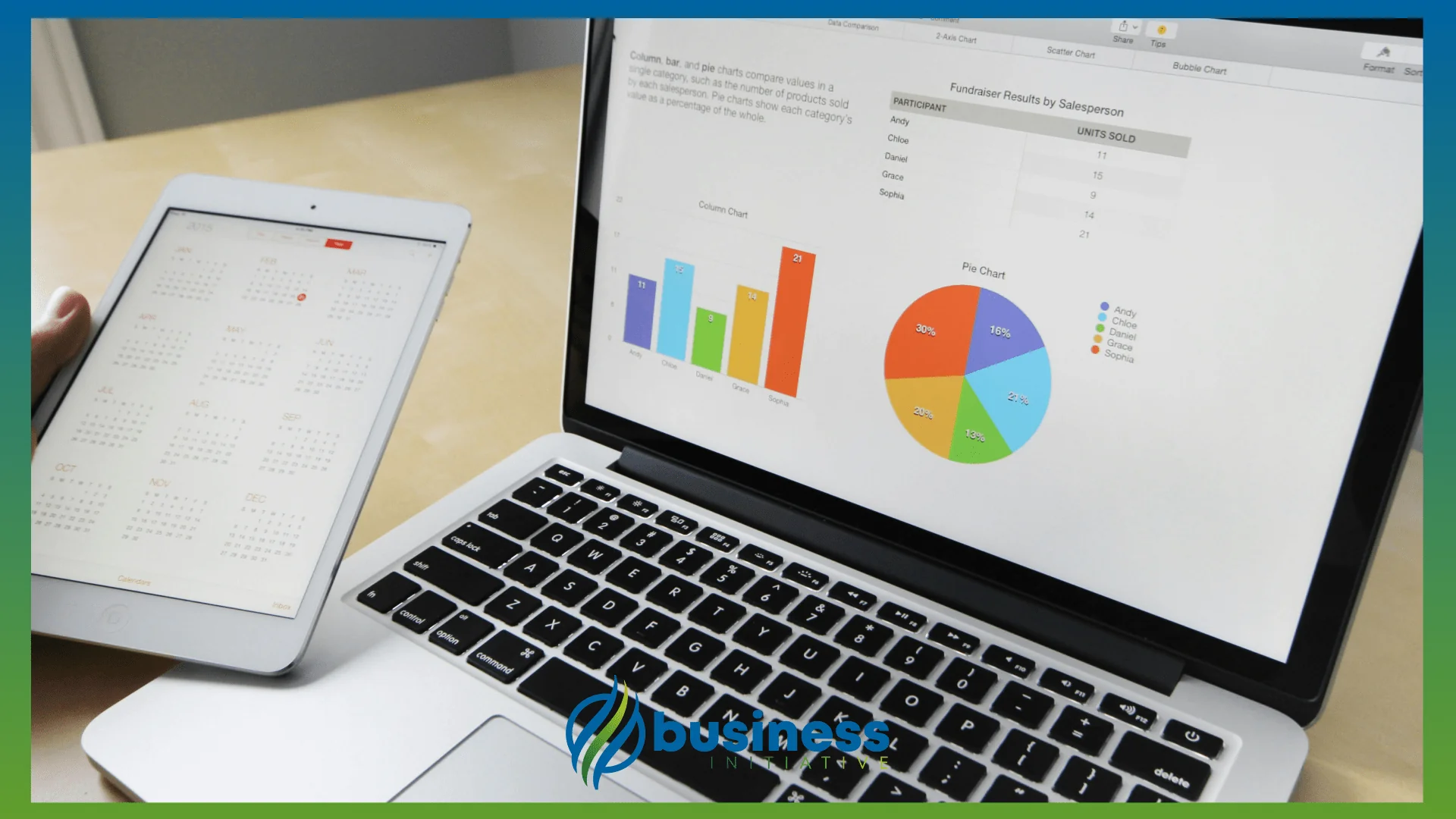You have a static budget.
It’s outdated. It’s not useful.
You need a living cash flow model.
You need dynamic forecasting.
Living cash flow model. Dynamic forecast. Monthly updates. Your planning.
This guide shows you how.
Budget transformation. Cash flow modeling. Regular updates. Your success.
Read this. Transform budget. Build model.
 Key Takeaways
Key Takeaways
- Start with your budget—use existing budget as foundation but convert to cash flow format
- Add timing—include when cash actually comes in and goes out, not just when revenue/expenses are recognized
- Update monthly—compare actual cash flow to forecast and adjust model based on reality
- Use cash flow forecast calculator—leverage tools to build and maintain your model easily
- Make it actionable—use model to make decisions, not just track what happened
 Table of Contents
Table of Contents

Why Model Matters
Model enables planning.
What happens with static budget:
- Budget becomes outdated quickly
- Decisions are based on old information
- Cash problems are discovered late
- Opportunities are missed
What happens with living model:
- Model stays current
- Decisions are based on current information
- Cash problems are anticipated
- Opportunities are captured
The reality: Model enables success.
Starting with Budget
Start with your existing budget:
Extract Key Components
What to extract:
- Revenue projections
- Expense categories
- Major line items
- Assumptions
Why it matters: Budget provides foundation.
Convert to Cash Format
What to convert:
- Revenue to cash receipts
- Expenses to cash payments
- Accruals to cash timing
- Non-cash items removed
Why it matters: Cash format shows reality.
Organize by Category
What categories to use:
- Operating cash flow
- Investing cash flow
- Financing cash flow
- Or simpler: inflows and outflows
Why it matters: Categories enable analysis.
Pro tip: Start with budget. Extract components, convert to cash format, organize by category. See our cash flow scenario planning guide for comprehensive modeling.

Adding Timing
Add timing to your model:
Cash Receipt Timing
What timing to add:
- When customers actually pay
- Payment terms (net 30, net 60, etc.)
- Collection delays
- Seasonal patterns
Why it matters: Timing shows when cash arrives.
Cash Payment Timing
What timing to add:
- When bills are actually paid
- Payment terms
- Payment delays
- Seasonal patterns
Why it matters: Timing shows when cash leaves.
Build Monthly View
What monthly view to build:
- Month-by-month cash flow
- Starting cash balance
- Cash inflows
- Cash outflows
- Ending cash balance
Why it matters: Monthly view enables planning.
Pro tip: Add timing. Cash receipt timing, cash payment timing, monthly view. See our Cash Flow Forecast Calculator for easy modeling.
Updating Monthly
Update model monthly:
Compare Actual to Forecast
What to compare:
- Actual cash receipts vs. forecasted
- Actual cash payments vs. forecasted
- Actual ending balance vs. forecasted
- Variances and reasons
Why it matters: Comparison shows accuracy.
Adjust Forecast
What to adjust:
- Update assumptions based on actuals
- Revise future months
- Incorporate new information
- Improve accuracy
Why it matters: Adjustments improve model.
Learn from Differences
What to learn:
- Why forecasts were wrong
- Patterns in variances
- Areas needing improvement
- Better assumptions
Why it matters: Learning improves future forecasts.
Pro tip: Update monthly. Compare actual to forecast, adjust forecast, learn from differences. See our monthly financial review guide for routine.
Using Calculator
Use cash flow forecast calculator:
Build Initial Model
What to build:
- Use our Cash Flow Forecast Calculator
- Enter monthly inflows
- Enter monthly outflows
- See projected cash positions
Why it matters: Calculator simplifies modeling.
Update Easily
What to update:
- Modify inputs monthly
- See updated projections
- Track changes over time
- Maintain accuracy
Why it matters: Easy updates enable consistency.
Model Scenarios
What scenarios to model:
- Best case
- Base case
- Worst case
- Compare outcomes
Why it matters: Scenarios show range of possibilities.
Pro tip: Use calculator. Build initial model, update easily, model scenarios. See our Cash Flow Forecast Calculator for easy modeling.
Making Actionable
Make model actionable:
Use for Decisions
What decisions to use for:
- When to hire
- When to invest
- When to cut costs
- When to raise capital
Why it matters: Decisions improve outcomes.
Set Alerts
What alerts to set:
- Low cash balance warnings
- Negative cash flow warnings
- Forecast deviation alerts
- Milestone reminders
Why it matters: Alerts enable proactive action.
Share with Team
What to share:
- Key metrics
- Forecast updates
- Action items
- Progress tracking
Why it matters: Sharing enables alignment.
Pro tip: Make actionable. Use for decisions, set alerts, share with team. See our cash flow safety net guide for comprehensive planning.
Your Next Steps
Transform budget. Build model. Update monthly.
This Week:
- Review this guide
- Extract key components from budget
- Convert to cash flow format
- Build initial model
This Month:
- Add timing to model
- Update with actual results
- Compare actual to forecast
- Adjust model
Going Forward:
- Update monthly
- Use for decisions
- Improve accuracy
- Make it actionable
Need help? Check out our Cash Flow Forecast Calculator for easy modeling, our cash flow scenario planning guide for comprehensive modeling, and our monthly financial review guide for routine.
Stay informed about business strategies and tools by following us on X (Twitter) and signing up for The Initiative Newsletter.
Sources & Additional Information
This guide provides general information about turning budgets into living cash flow models. Your specific situation may require different considerations.
For cash flow forecasting, see our Cash Flow Forecast Calculator.
For cash flow scenario planning, see our Cash Flow Scenario Planning Guide.
For monthly financial reviews, see our Monthly Financial Review Guide.
Consult with professionals for advice specific to your situation.


